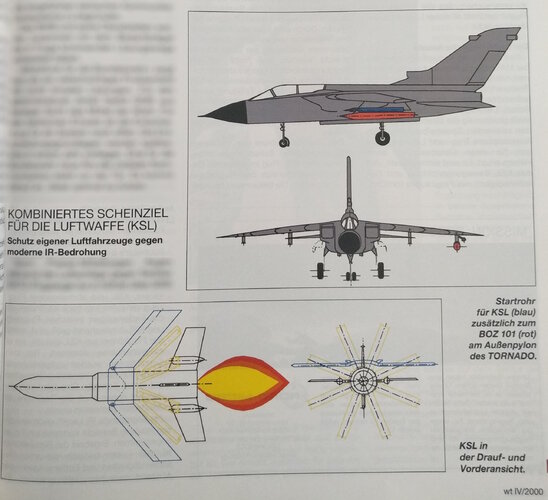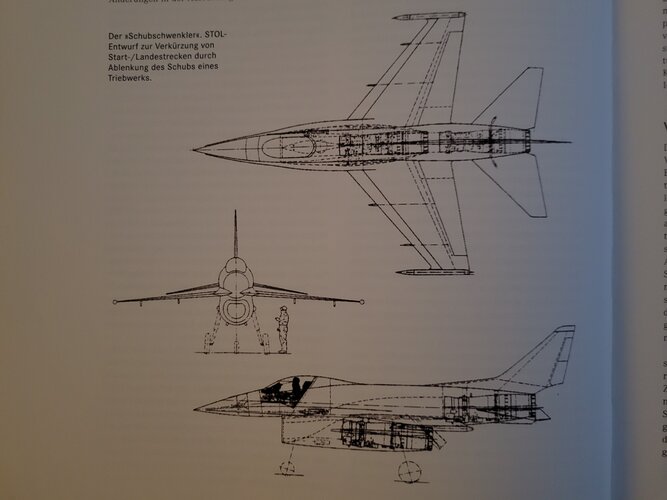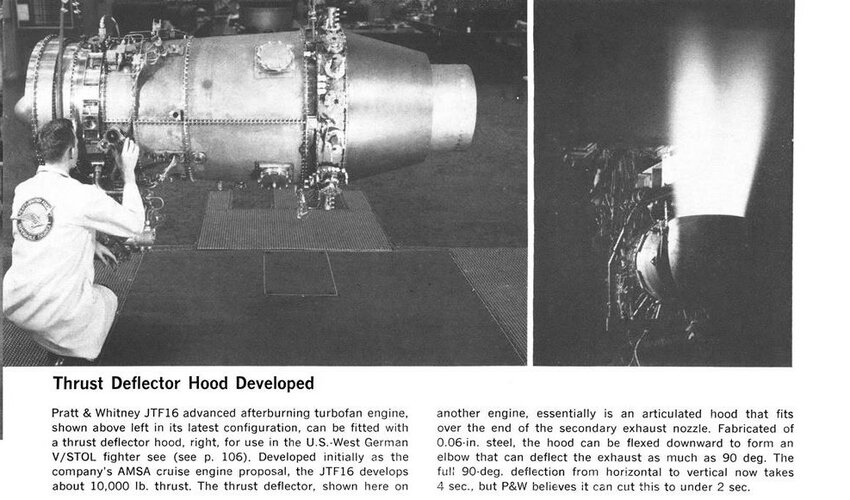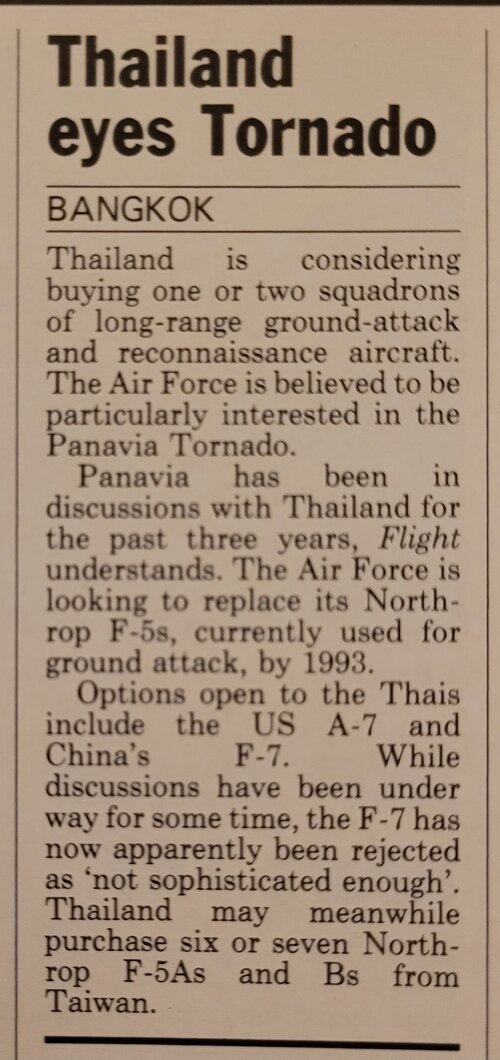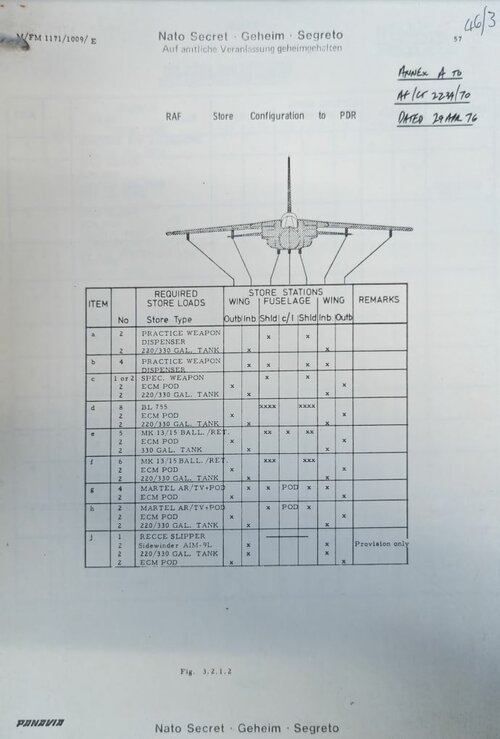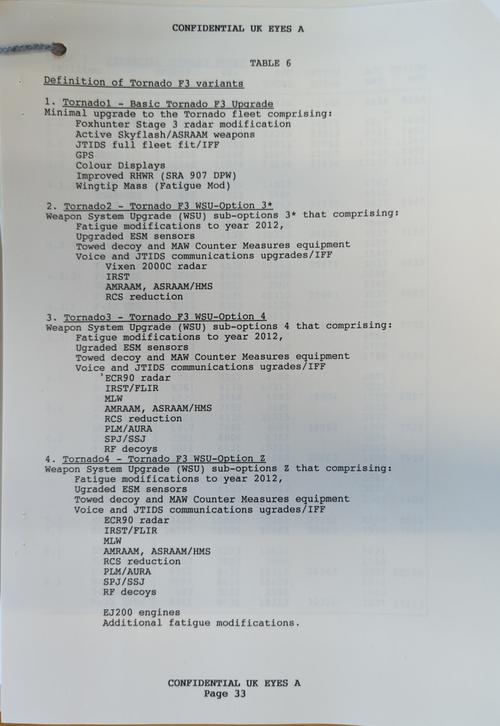The Tornado mid- life update (MLU), Staff Requirement (Air) 417, had its genesis in the mid-1980s and was created because the Tornado GR1's survivability in penetrating heavily defended Warsaw Pact airspace at low level needed to be improved. The Tornado's primary task was in the tactical nuclear-strike role, to deliver the WE177 free-fall bomb against pre-assigned Warsaw Pact targets.
The RAF, in the nature of upgrade projects, started by looking at what was possible, including the insertion of an airframe fuselage plug to provide extra fuel capacity, before narrowing its wish list down to the probable, and then finally to what is now referred to as MLU88.
The service had planned to order 26 new-build GR4s, as well as converting the bulk of its Tornado fleet, as its batch eight procurement, but this was cancelled in 1990.
Penetration capability
The driver behind the MLU 88 upgrade was to provide a fully automated, covert, low-level-penetration capability.
In addition to an improved avionics architecture, new displays and sensors were included - including a forward-looking infra-red (FLIR), new armament and control, and terrain-reference navigation (TRN) systems and covert radio altimeter. The additions of the FLIR and TRN were intended to allow the Tornado to be flown at low level without the necessity of using any active emitters - primarily the terrain-following radar (TFR).
The FLIR is limited, however, in having a forward field of view only, so it was supplemented with night-vision goggles (NVGs) and a compatible cockpit.
Subsequent events and ensuing budgetary constraints then conspired against the MLU 88 programme, however, after the components of the update had been chosen.
The underlying rationale for the MLU 88 was built on the premise that the RAF's primary mission would be to fight a war in the Central European theatre against Warsaw Pact forces. In addition, the 1990-1 Gulf War provided the service with a taste of the kind of future air operations with which it was likely to be tasked.

